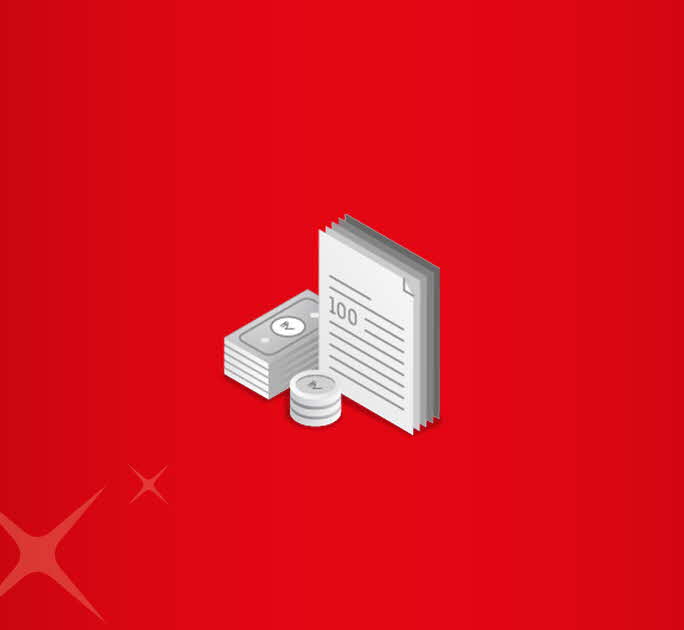- Save
- Invest
- Borrow
- Pay
- More
- Customer Services

What is Balanced Fund
Understanding the meaning of Balanced Fund to achieve maximum returns
Key Takeaways
- Balanced Funds are Hybrid Funds
- These funds invest in 65% assets in equity and debt asset classes in pre-determined ratios.
- The investment ratio for both Equity Balanced Funds and Debt Balanced Funds is 65%.
- Balanced Funds assist with portfolio diversification.
- They qualify for capital gains tax.
For investors, the primary objective is to accrue optimum returns with minimal risk. The only tested and proven way to earn maximum returns with minimum risk is through diversification. You can choose from various Mutual Funds schemes segregated by asset classes and combinations, types of market capitalisation, themes, sectors, etc. One such fund is the Balanced Mutual Fund. Let us understand what is Balanced Mutual Fund and its role in portfolio diversification.
What Is a Balanced Fund?
Balanced Fund is a Hybrid Mutual Fund that invests in pre-determined ratios of equity and debt securities. By investing in both securities, you benefit from capital appreciation through equities and a certain degree of risk mitigation through debt instruments.
How Balanced Fund Works and Types
Typically, fund managers allocate funds to equity and debt securities in pre-determined ratios. They may shift allocation between equities and debt up to a certain percentage. For example, if ABC Balance Fund allocates 60% in equities and 40% in debt, the fund manager has the option to go 10% over the pre-determined limit. When the stock market is not in your favour, the ratio could be 50%-50%, otherwise 70%-30%.
Balanced Funds are primarily categorised into two types:
- Equity-oriented Balanced Funds, where the fund invests at least 65% in equities and the remaining in debt and money market instruments
- Debt-oriented Balanced Funds, where the fund invests at least 65% in debt securities such as fixed-income securities, and cash and cash equivalent instruments, while the remaining gets invested in equities.
Features And Benefits
Having explained what is Balanced Fund in Mutual Fund, here are its features:
Portfolio Diversification
Balanced funds invest across asset classes, i.e., equity, debt, and money market instruments, all in a single fund.
Minimising Risk
The equity market is highly volatile. When not in favour, it tends to decline at a rapid pace. Having a safe debt component adds a buffer to such volatility and reduces the portfolio's overall risk.
Rebalancing Fund
The asset allocation ratio is always specified; however, fund managers can shift the allocations to a specific limit when either asset class performs poorly.
7 Things You Should Know About Balanced Funds
Tax Implications
Besides knowing the meaning of Balanced Fund, you should also be aware of its tax implications, which are as follows:
- A Balanced Fund with a higher percentage of equity component is treated as equity funds for taxation.
- Short-term Capital Gains (STCG), i.e., gains when the fund is redeemed within a year, are taxed at 15% and Long-term Capital Gains (LTGC), i.e., gains when the fund is redeemed after a year, are exempt from tax for an amount of up to INR 1 Lakh.
- LTCG above INR 1 Lakh is taxed at 10%.
- Balanced Funds with a higher debt percentage are treated as Debt Funds where gains redeemed within three years are STCG and taxed per income tax slab rate.
- LTCG for gains redeemed after 3 years is taxed at 20% with indexation benefits.
Final Note
Balanced Funds are ideal for investors with a medium-risk appetite. They are an excellent addition to your portfolio. Indeed, they provide the best of both asset classes.
Download the digibank by DBS Bank and start investing in minutes! Also, open your savings account with us.
*Disclaimer: This article is for information purposes only. We recommend you get in touch with your income tax advisor or CA for expert advice.










